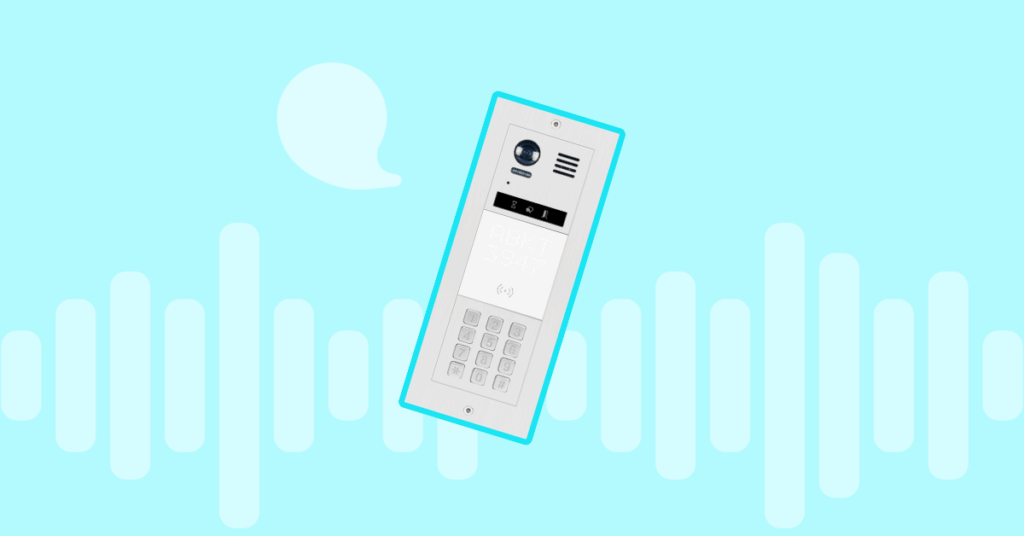
Table of contents
VoIP technology has changed enterprise communication in many different ways. Organizations now have access to advanced capabilities that were simply not possible with older systems. VoIP brings together many different communication channels under a single umbrella. It also serves as the foundation for unified communication tools for many organizations. To top it all off, it is much less expensive on a daily and long-term basis than its predecessor.
The basic requirement for a VoIP call is the availability of Internet. VoIP calls travel over the data network instead of a separate copper line. Some calls travel over the public Internet for a part of the distance. Internal calls within the organization generally do not leave the corporate data network.
For a VoIP call to work properly, the Internet connection should be fast and have sufficient bandwidth. A slow connection will mean that voice packets take longer to reach the other person. Since calling is a real-time means of communication, any slowdown will affect the conversation. Bandwidth determines how many concurrent calls the network can support at any one time. Each call takes up a certain amount of bandwidth, although some calls require more than others.
Different Types of Internet Connections
Individuals and organizations have access to many different types of Internet connections. High-speed options like broadband ethernet and fiber are the best option for VoIP calls. However other types of data connections like WiFi or mobile networks are also available for making calls from smartphones and similar devices.
Not all organizations have access to the fastest or best Internet options. Sometimes companies have offices that are located in remote areas or underdeveloped nations. In such cases the only option available might be satellite connections. Satellite-based Internet offers a decent option for those locations which might otherwise not have access to the Internet at all. So some organizations want to know if VoIP can work over satellite-based connections?
Can VoIP Function over Satellite?
Unfortunately the answer to this question is not as clear-cut as it would seem. Whether or not VoIP can work in such a scenario depends on a number of variables. Sometimes it can work and sometimes it might not. Let us take a look behind the scenes to understand why this happens.
First we need to look at the factors that affect the quality of VoIP calls. It is not enough for an organization to simply connect to a caller. The resulting conversation has to be audible and clear for all parties. In many cases, not being able to make a call is better than poor quality audio. Some of the factors that affect VoIP quality include:
- Bandwidth
As we have talked about before, each VoIP call requires a certain amount of bandwidth. Some calls are compressed to preserve bandwidth, although it reduces the audio quality. This compromises acceptable under certain situations but not always.
- Latency
Latency is the time it takes for voice packets to reach its destination. Latency can be measured both ways since voice packets don’t necessarily take the same path twice. High latency is very visible and makes for poor conversation with echoes and both callers interrupting each other.
- Packet loss
Data can be transmitted over the Internet with different types of protocols. VoIP uses UDP which is frequently implemented for real-time communication. However UDP has an issue in that if data packets are lost on the way, they are not re-sent. This means that lost packets result in missed words and poor quality audio.
- Jitter
Jitter is somewhat related to latency. Different measures of latency are taken and the difference between them is known as jitter. In a perfect network with ideal conditions, jitter would be zero. In the real world this is rarely possible, if not downright impossible. Organizations generally try to keep jitter as low as possible.
Now we can see how satellite connections affect each one of these aspects. Satellite connections – just like any other type of Internet – often have different upload and download speeds. While this has no effect on normal Internet browsing, VoIP calls require bandwidth in both directions. If the connection has sufficient bandwidth, then VoIP calling will not pose a problem.
Latency is a much bigger issue with satellite connections. Data packets take much longer to reach their destination since they have to go through a satellite orbiting in the sky. This minimum latency is often higher than what is needed for voice calling. When you add in other factors that can affect travel time, it severely limits VoIP call quality.
Packet loss and jitter can be compensated in some ways by using jitter buffers, low bit errors while transmitting etc. However some of them will increase latency which is also not a good thing. In short while satellite connections can be used in a pinch, they are neither reliable nor sufficient to support regular VoIP calling.
More from the blog
Want to improve your business communication?
Unlock enterprise-class call center power at affordable prices – no hardware, no delays, no surprises!






